The Best JUNO Synths for creating classic 1980s sounds
Launched way back in 1982, the Roland Juno series remains one of the most popular designs ever created. We’re taking a look at some of its modern recreations to find ways of reliving and reinventing the glory of the original.
We’ve discussed Juno-style plug-ins previously, but now we’ll be checking out a range of hardware clones that can reproduce the sounds from the classic Juno series and beyond.
The best Juno synths
Perhaps you want a full keyboard version, or you only have space for a module. Either way, there are options available and you’ll be pleasantly surprised at how good they sound.
In their own way, each recreation brings the classic back to life with its own approach. While the original Junos had the option of their respective JSQ or MSQ sequencers, some of the synths we’re looking at have their own integrated sequencers.
The selection we’ve chosen ranges across various price points too, so there should be something for everyone.
Roland AIRA Compact J-6
The J-6 from Roland’s portable AIRA Compact series uses a 4-voice Juno-60 Synth Engine created with the ACB modeling technology. Although the synthesis controls are very basic, you can still produce some quite convincing Juno sounds.
Besides that, the chord sequencer is really impressive, and it can also be used to sequence other hardware or software instruments within your DAW. You get different ways to phrase your chords with 9 styles each with 12 different variations.
What’s more, the lithium-ion battery provides up to 3 and a half hours of use.

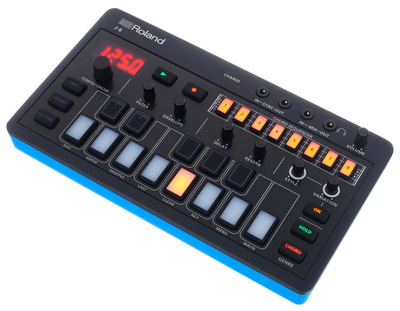
Roland JU-06A
In Roland’s bite-sized Boutique series, the JU-06A provides a function that allows you to switch between Juno-60 and Juno-106 modes. The 4-voice ACB-based synth engine gives you all the features you’d expect in a Juno module.
These include the static HPF and resonant LPF and the classic Juno chorus, along with a 16-step pattern sequencer and arpeggiator. In addition, the JU-06A also acts as an audio interface and provides MIDI I/O as well as analogue clock sync.

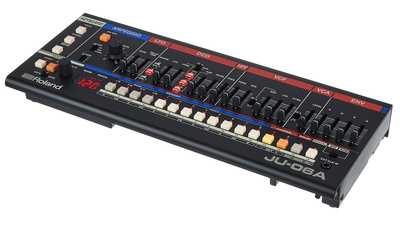
Dreadbox Nymphes
If you have to have something analogue, the Dreadbox Nymphes is a 6-voice module that offers 6 different playing modes including Poly, Uni, Tri, Duo, Mono, and Chord.
It also offers one LFO per voice fixed to pitch and filter cutoff and another assignable LFO, along with 2 envelopes and reverb. The format is extremely compact, but once you’ve familiarized yourself it’s easy enough to create your own unique Juno sounds.

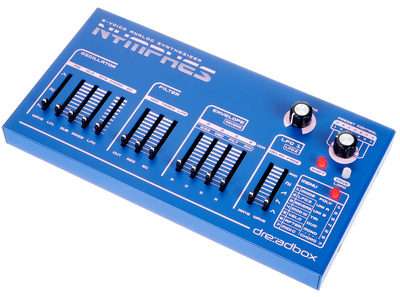
Behringer Deepmind-6
Behringer’s Deepmind-6 is a great analogue Juno recreation. However, it goes beyond the original with features that provide even more control of your sound. The 37-key keybed has aftertouch and the 12 total oscillators give you 2 OSCs and LFOs per voice.
In addition, there are four effects engines, 3 envelopes, an 8-channel mod matrix, and a 32-step control sequencer. So overall, the Deepmind can produce Juno-style sonics, but it has the potential to create even more expressive and animated sounds too.

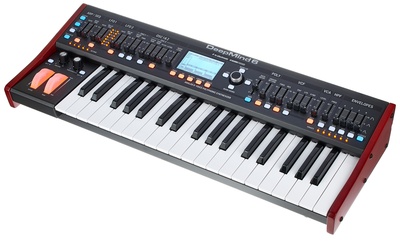
Roland Juno-X
Relatively new on the market, the Juno-X gives you more of a workstation approach with Juno-60 and Juno-106 modeling. The ZEN-Core Sound Engine provides multitimbrality, with 4 synth parts and a rhythm part.
Besides the classic wave shapes, the Juno-X also has additions like Super Saw, a Chorus III effect, as well as 90 different effect types you can add to individual parts and compressor, EQ, reverb, delay, and chorus as global effects.
The sound library provides 4000 preset sounds and over 90 drum kits with sounds from XV-5080, RD-series pianos, and more.

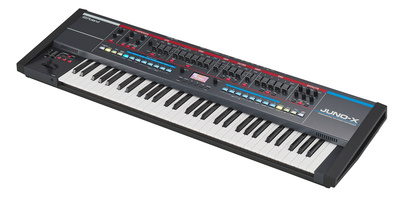
Another way to create Juno-style sounds is simply by adding the famous Juno chorus effect to one of your existing synths. The TC Electronic JUNE-60 Chorus V2 provides a relatively affordable way of doing this with both mono and stereo operating modes.
An honourable mention must go to the Roland System-8, which provides a versatile platform to access and create classic sounds with Roland’s PLUG-OUT technology.
More about the Roland Juno:
- Recreating the Juno with software
- More about the Juno
- Everything vintage
Videos:
Note: This article contains affiliate links that help us fund our site. Don’t worry: the price for you always stays the same! If you buy something through these links, we will receive a small commission. Thank you for your support!
- Roland AIRA Compact J-6: Robin Vincent
- Roland JU-06A: Roland
- Dreadbox Nymphes: Dreadbox
- Behringer DeepMind 6: Behringer
- Roland JUNO-X: Roland
One response to “The Best JUNO Synths for creating classic 1980s sounds”
 3,7 / 5,0 |
3,7 / 5,0 | 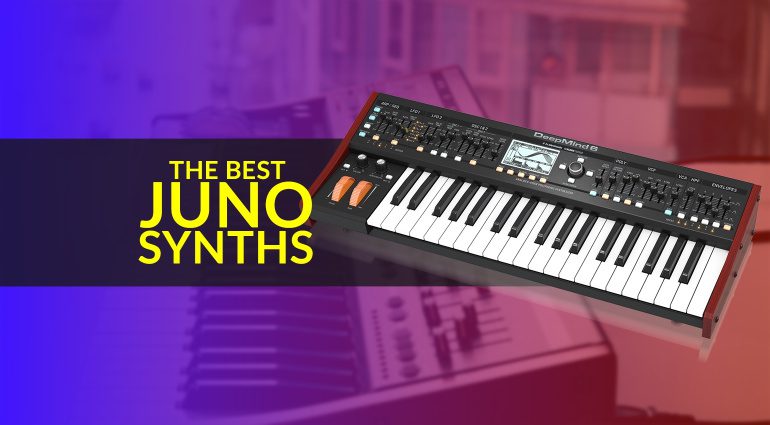

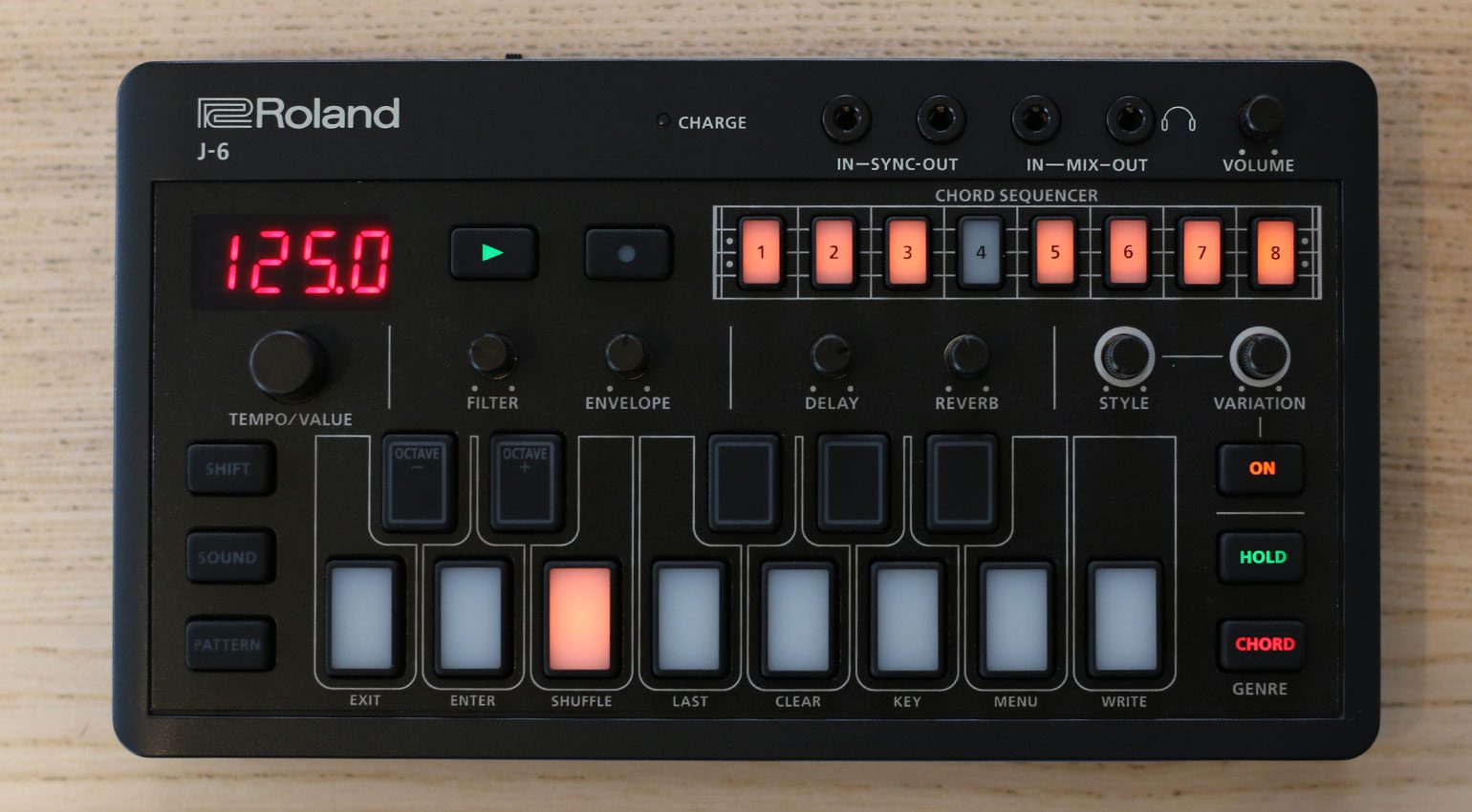

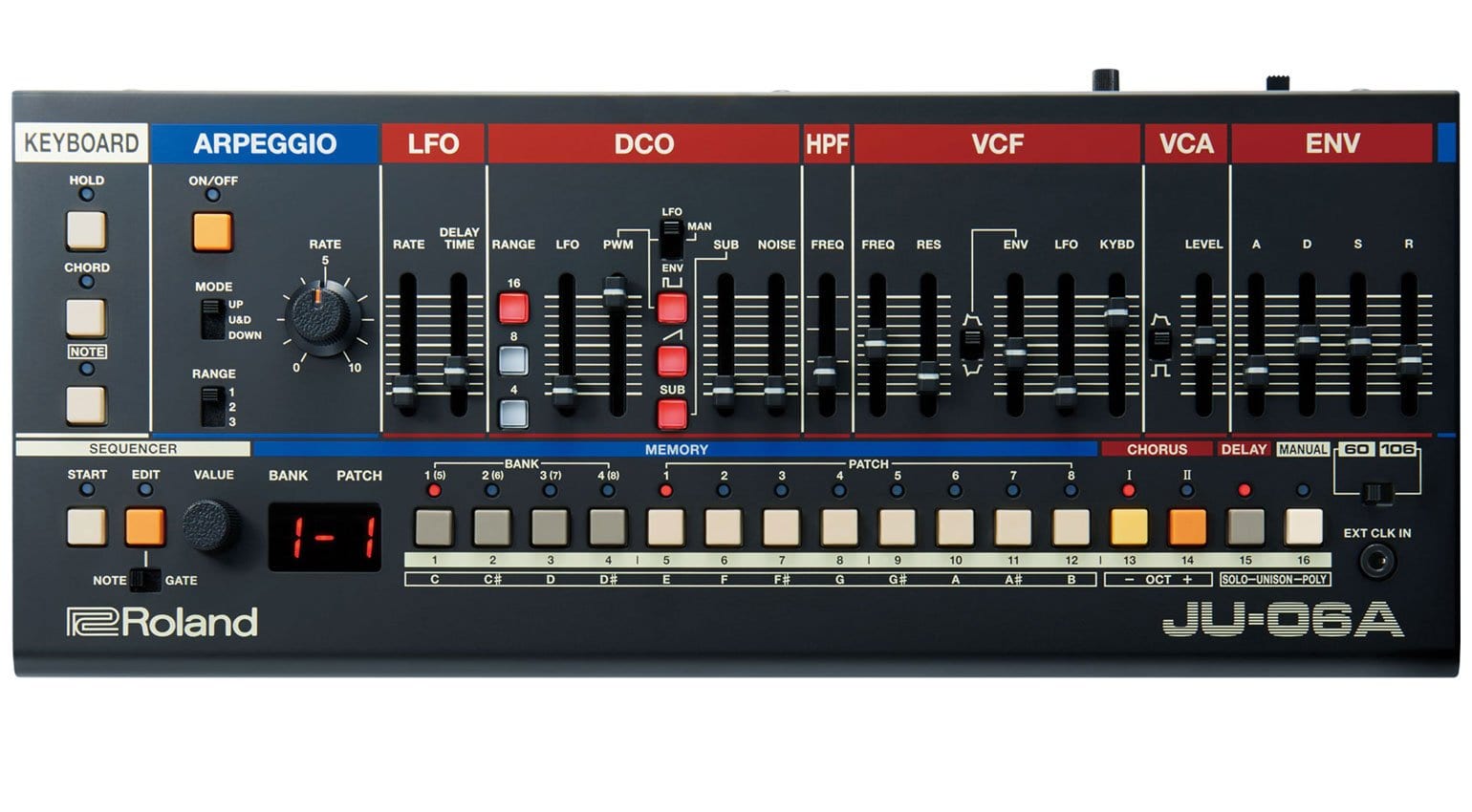
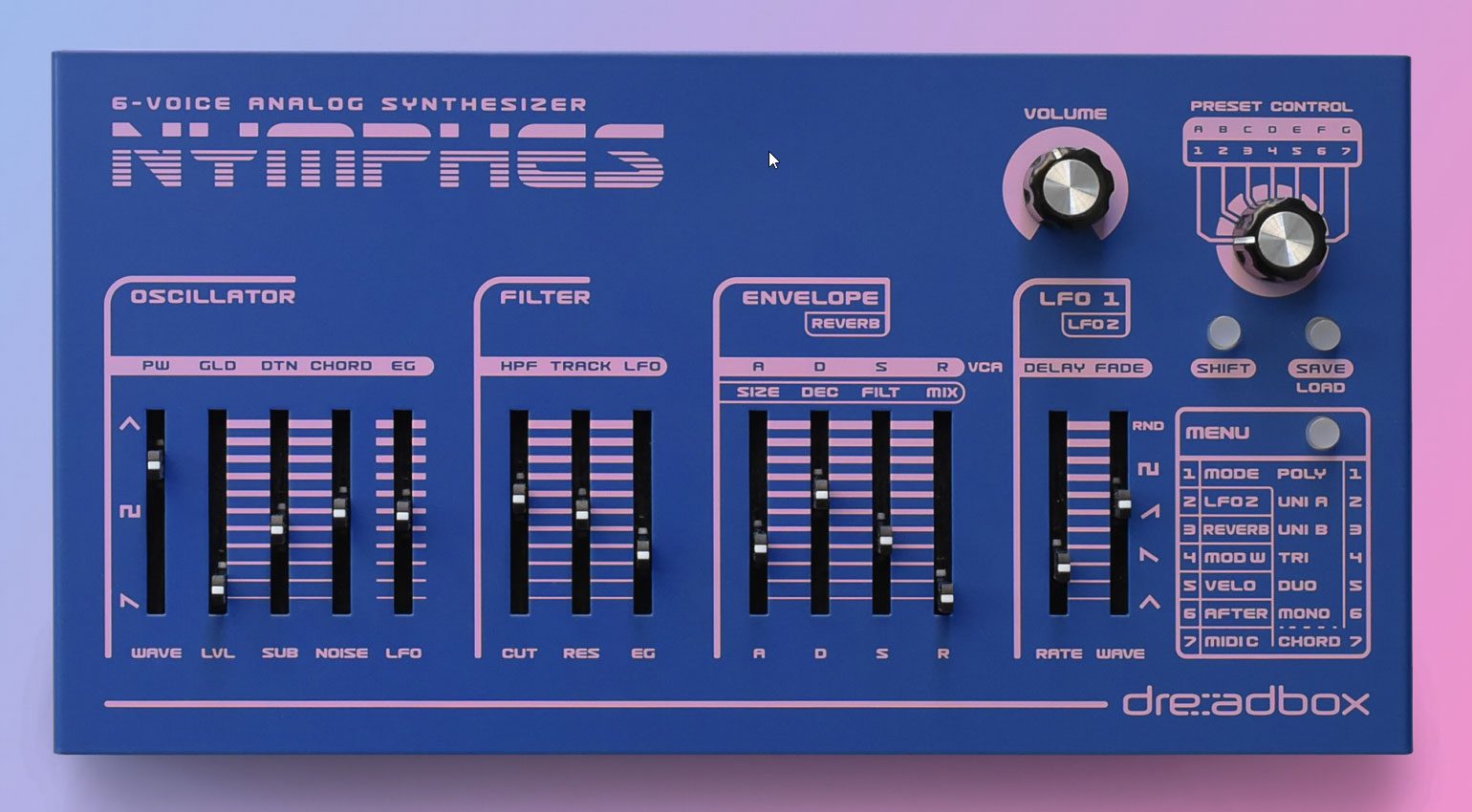
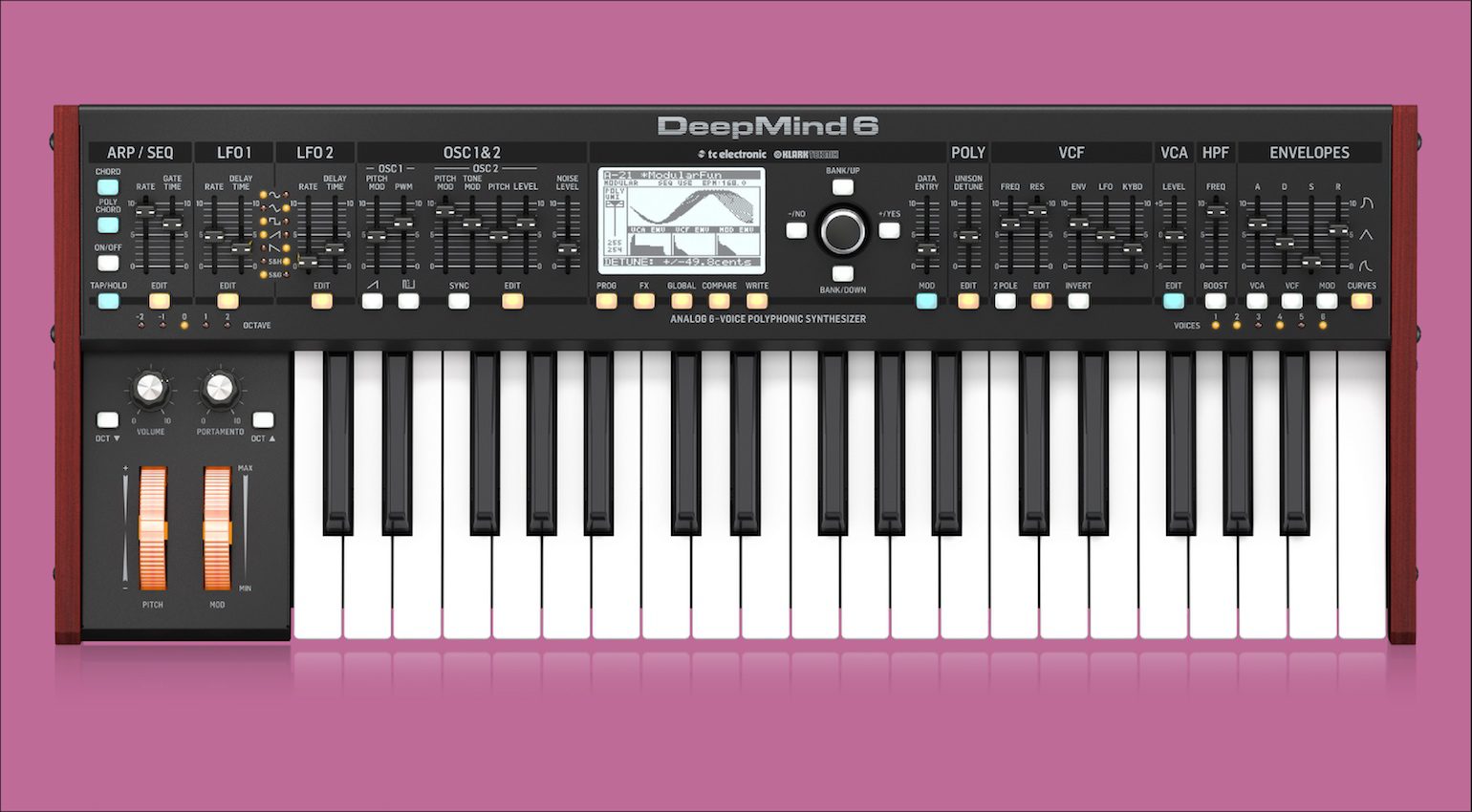

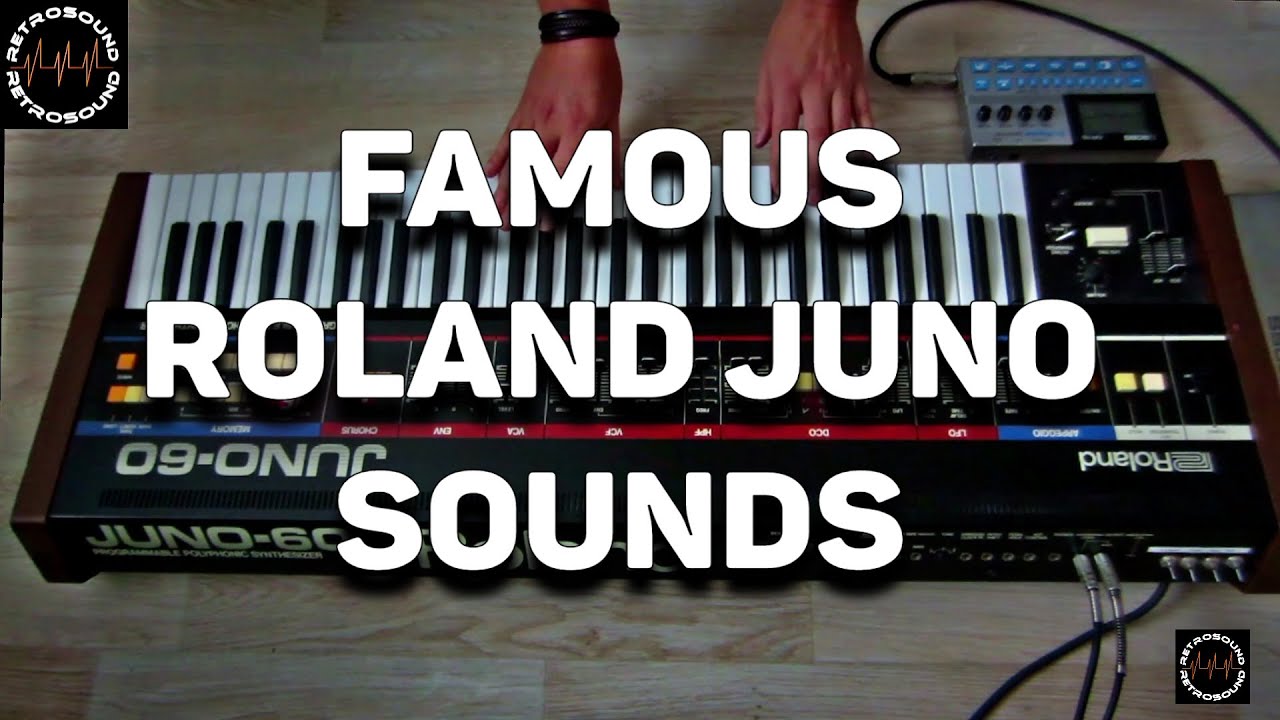
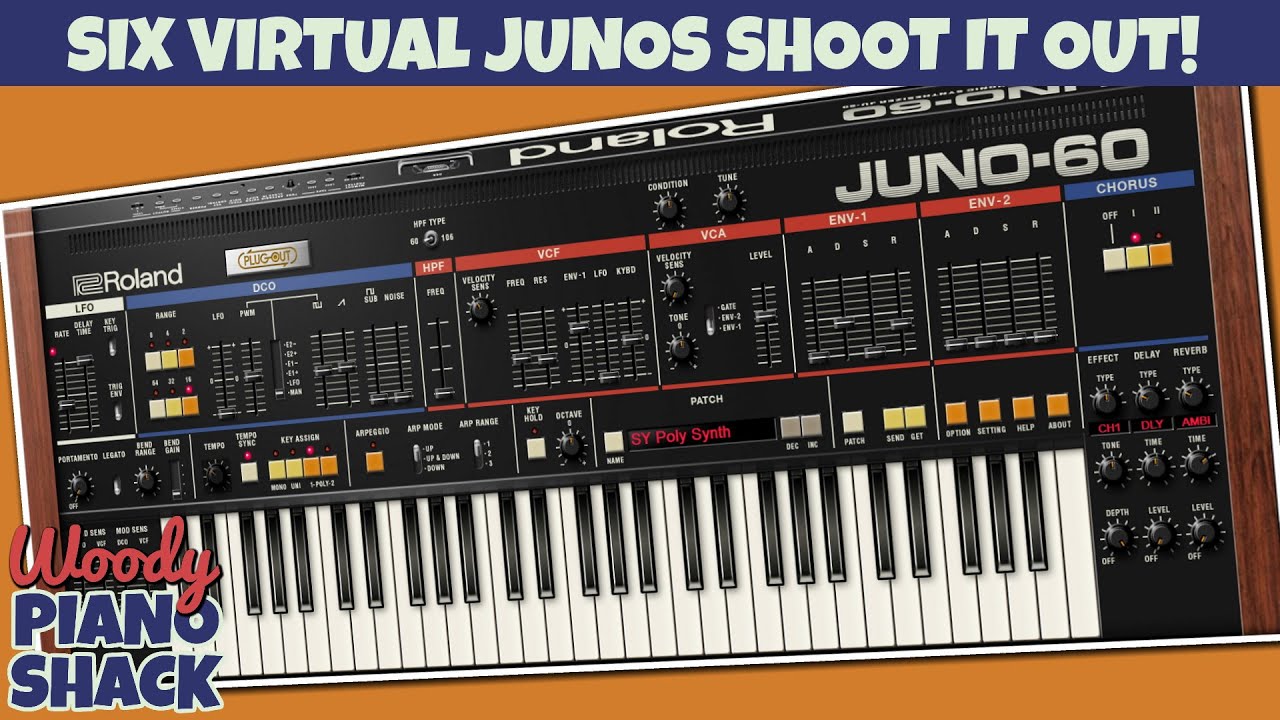
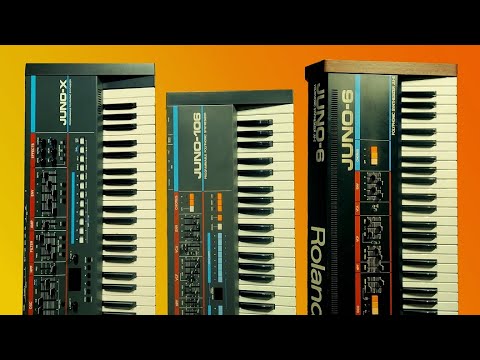


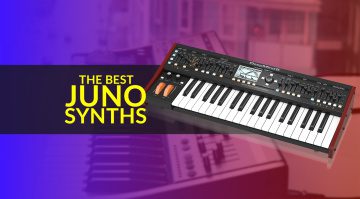

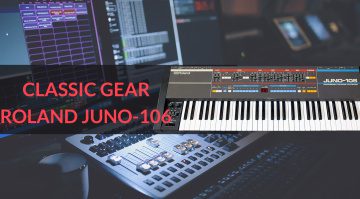
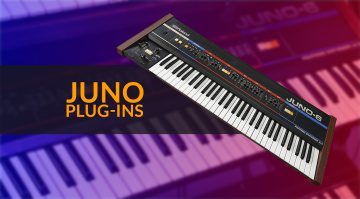
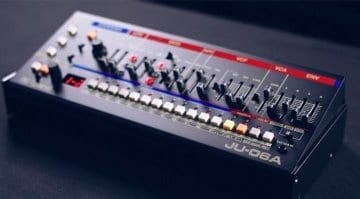
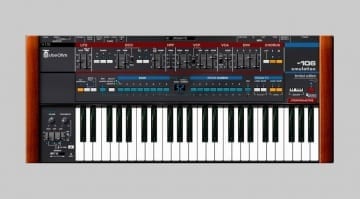

The Behringer DM12 is honestly the truth, I have it for years, and it suprises me always again and again. Equipt with modern extensions, this is a true comfortable sucessor of the Juno. But Roland is riding thier digital technology,